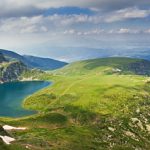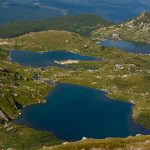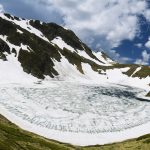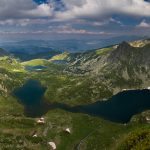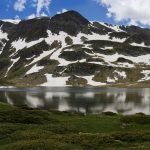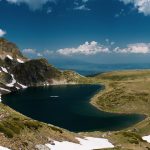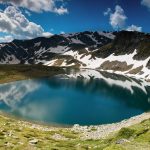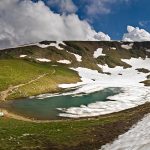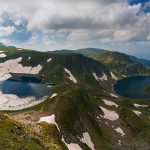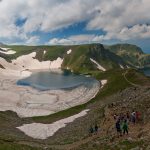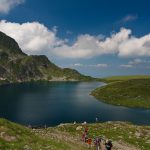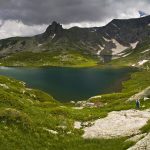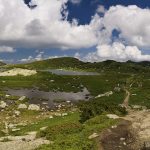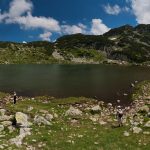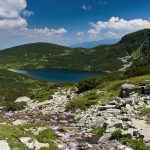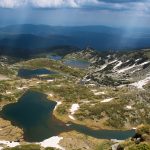
Seven Rila Lakes

The Seven Rila Lakes are without a doubt one of the most notable natural attractions on the Balkan Peninsula, a dream destination not to be missed.
Their beauty touches the thousands of Bulgarian and international visitors who visit them.
The Seven Rila Lakes, located in the Dangskiya region of the northwestern Rila Mountains, are glacial lakes.
They are scattered at the foot of a massive cirque that includes the peaks Suhi Chal (Dry Peak), Otovishki, and Haramiya. The lakes have been named for their shapes and qualities.
The highest of them is Tear Lake, which gained its name for its crystal-clear water. It is 2,535 meters high, directly beneath the Otovishki Peak.
Next is Eye Lake, the deepest of the seven at 37.5 meters. It is oval and an intense blue when the weather is good. Divers have explored this lake to gain further information about it.
Somewhat lower than Eye Lake is Kidney Lake, named for its kidney shape, which has a surface area of 85 hectares and steep rocky banks.
Next comes the Twins. Wide at both ends and narrow in the middle the lake resembles an hourglass. During dry years, the lake becomes two smaller lakes, and this is the source of its name.
Farther down the trail are Three-leafed Lake and Fish Lake. The Seven Lakes Shelter is on the banks of Fish Lake.
The lowest lake is appropriately called Lower Lake, which feeds the Dzherman River. The lakes are all connected by narrow streams.
Fish live in some of the lakes – minnows ands trout – but in general these high mountain lakes are an unsuitable habitat for marine life because of their frigid water temperature, fed by rain and snowmelt.
Every year on August 19, there is a large gathering of the White Brotherhood or Danovites, who congregate to celebrate their New Year.
The celebration takes place near Kidney Lake and consists of ritual rhythmic unison dancing in a large circle. For the Danovites, the Rila Mountains are a holy place where thousands of devotees gather every year to greet the dawn.
Kyustendil Province, 2650, Bulgaria.

